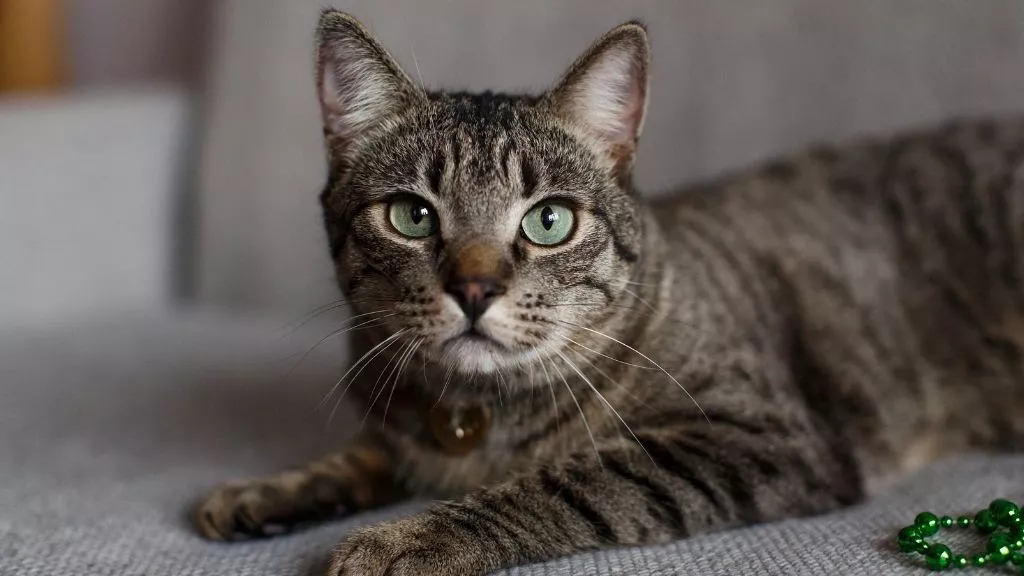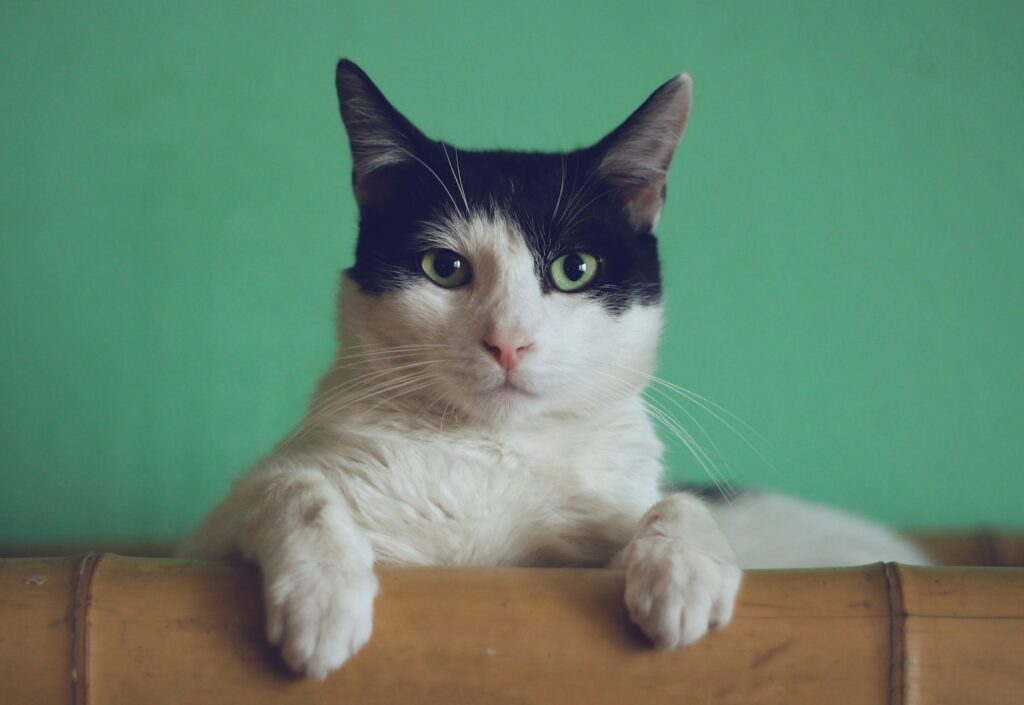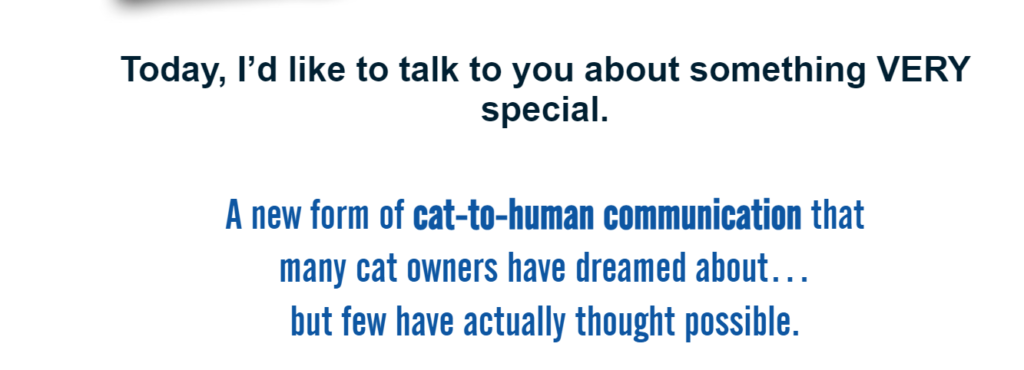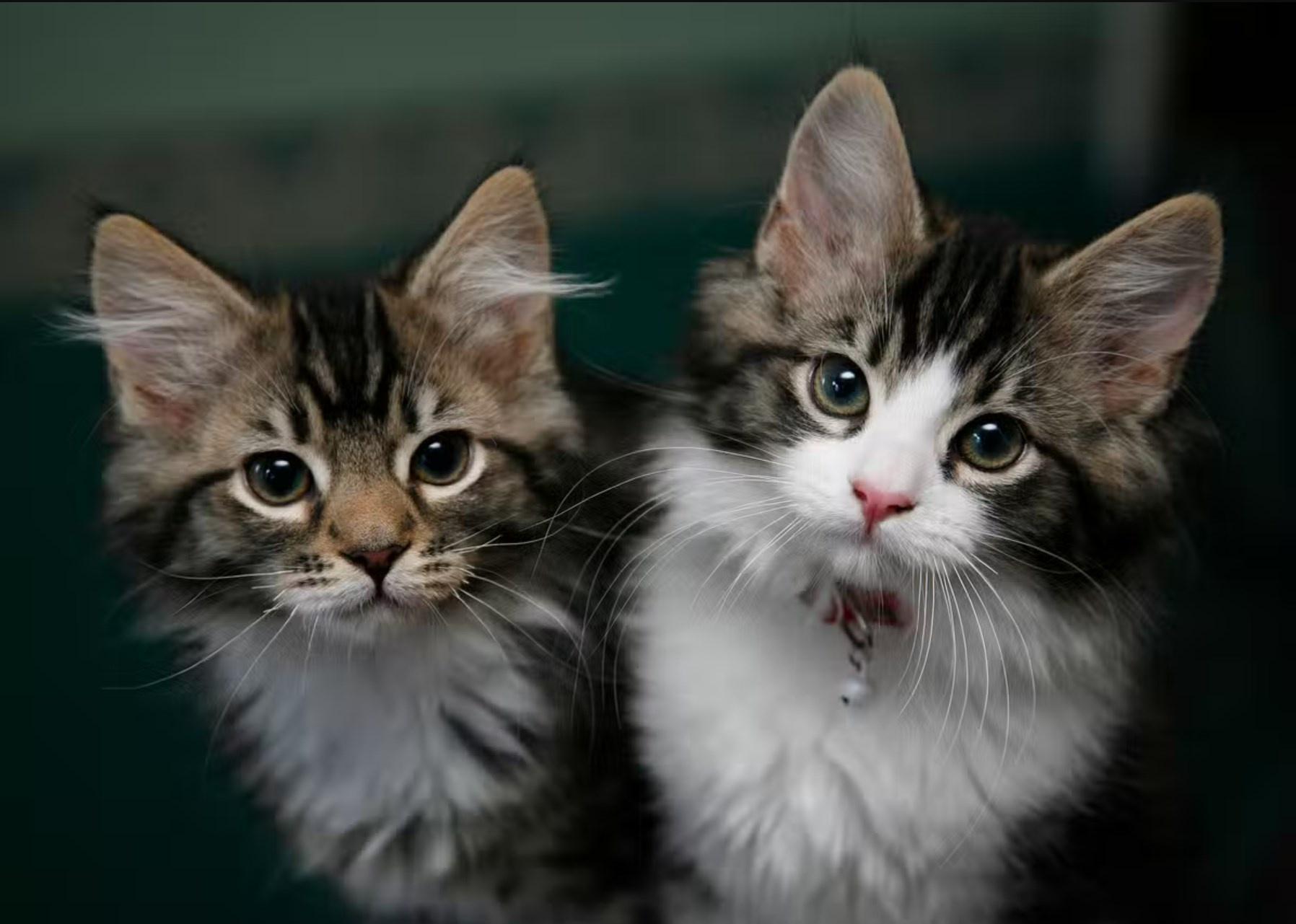
Unraveling the Mysteries Behind Your Cat’s Actions
As pet owners, we often marvel at the enigmatic behaviors of our feline companions. Cats have a unique way of communicating, and it’s crucial to decipher their subtle cues to ensure their well-being and happiness. In this article, we’ll delve into the world of feline communication and habits, shedding light on some intriguing aspects of their behavior.
Decoding the Purr: More Than Just Contentment
“I’m not happy just because I’m purring.” Purring is often associated with contentment, but it can signify various emotions. Dr. Kelly Morgan, a clinical teacher at the University of Illinois at Urbana-Champaign College of Veterinary Medicine, likens it to human smiling – an expression that can convey happiness, but also discomfort or desire. When your cat purrs, it’s essential to pay attention to their body language, posture, and tension to gauge their true mood.
Hydration through Diet
“A lot of my moisture comes from eating.” Unlike many other animals, cats have a unique way of staying hydrated. Their wild ancestors obtained most of their liquids from their diet. To ensure your cat remains adequately hydrated, consider serving them wet food and high-water-content treats like ice cubes made from no-salt beef stock, while ensuring they always have access to fresh, clean water.
The Language of Meows
“I’m meowing at you, human.” While kittens use meows to get their mother’s attention, adult cats rarely communicate with each other using meows. When your cat meows, pay close attention, as they’re trying to convey something to you. Try to understand and respond to their cues.
Indoor Living: A Safer Environment
“I perform better indoors.” Cats, once wild and outdoor animals, have adapted to domestication and urbanization. As their caregivers, it’s our responsibility to provide them with mental and physical stimulation in a safe indoor environment. Explore indoor enrichment ideas to keep your indoor cat engaged and happy.
The Art of Deceptive Hunger
“I’m not as hungry as I claim to be.” Cats are masters at appearing hungrier than they are. They’re skilled at tugging at our heartstrings, but overfeeding can lead to obesity and various health issues. Consult your veterinarian to determine the appropriate amount of food for your cat and stick to it.
Dental Health Matters
“My teeth require cleaning.” Just like humans, your cat’s dental health is crucial. Regularly clean your cat’s teeth and consider feeding them raw chicken necks, which can help clean their teeth and provide natural calcium. Avoid cooked bones, as they can be brittle and harmful.
Cats’ Unique Perspective on Humans
“When I look at you, I see a useless cat.” According to Dr. John Bradshaw, cats often see humans as large, inept cats rather than a different species. They may want to assist you with daily tasks like feeding and grooming due to their perception of your inadequacy in these areas.

The Carnivorous Craving
“I mostly require beef and fish.” Cats are obligate carnivores, meaning they need a meat-based diet. They require high protein and low carbohydrate intake. Consider this when selecting their food to ensure their nutritional needs are met.
Territory and Sharing
“I am a sucker for a good timeshare deal.” Cats are solitary creatures by nature, but they can share territory as long as there are no territorial disputes. Provide adequate resources and spaces for each cat in a multi-cat household to minimize conflicts.
The Temptation of the Tummy
“Just because I’m showing you my stomach doesn’t imply you should touch it.” A cat’s soft stomach is a vulnerable area. While they may display it as a sign of trust and contentment, it’s essential to respect their personal space. Approach with caution if you intend to give them a tummy rub.
The Need for Vertical Space
“Playing Kittens: I require vertical space to investigate.” Cats have an innate desire to climb and perch high to observe their surroundings. Ensure your cat has access to perches or elevated walkways, especially in confined living spaces like apartments.
Scratching: It’s a Necessity
“I don’t just want to itch; I have to.” Cats require a scratching post to maintain their claws, mark territory, and stretch their bodies. If your cat is scratching furniture, provide alternatives, play with them on the scratching post, and reward positive behavior.
The World through Cat Eyes
“I have psychedelic hallucinogenic supervision.” Cats have remarkably sensitive eyes capable of perceiving the UV spectrum. They see patterns and details that elude human eyes, which explains their fascination with seemingly mundane objects. Their unique vision provides a different perspective on the world around them.
Understanding your cat’s behavior and needs is essential for fostering a happy and healthy relationship. By paying attention to their cues and providing for their specific requirements, you can ensure that your feline friend thrives in your care.

FAQ
Q1: Why does my cat purr? A1: Purring can indicate various emotions, not just contentment. Cats may purr when they’re scared, uncomfortable, or seeking attention. To understand their mood, pay attention to their body language.
Q2: How can I ensure my cat stays hydrated? A2: Cats derive moisture from their diet. Serve wet food and offer no-salt beef stock ice cubes as treats. Always provide fresh water.
Q3: Why does my cat meow at me? A3: Adult cats meow to communicate with humans, not other cats. They may be trying to convey hunger, discomfort, or simply seek your attention.
Q4: Are indoor cats happy? A4: Yes, cats can thrive indoors if provided with mental and physical stimulation. Explore indoor enrichment ideas to keep them engaged.
Q5: How can I prevent my cat from overeating? A5: Consult your veterinarian for the right feeding portions. Avoid overindulging your cat, as obesity can lead to health issues.
Q6: How often should I clean my cat’s teeth? A6: Regular dental care is vital. Brush your cat’s teeth or consider feeding them raw chicken necks for natural dental maintenance.
Q7: Why do cats see humans as inept cats? A7: According to experts, cats perceive humans as larger, less capable cats. They may want to assist you with tasks they consider you’re not handling correctly.
Q8: What should I feed my cat as an obligate carnivore? A8: Cats require a meat-based diet with high protein and low carbohydrates. Choose cat food that meets these nutritional needs.
Q9: How can I prevent territorial disputes among my cats? A9: Provide separate resources and spaces for each cat in a multi-cat household to minimize conflicts.
Q10: Can I touch my cat’s stomach when they show it? A10: Approach with caution. While a cat showing its stomach may trust you, it’s not an invitation for a belly rub. Respect their personal space.
Q11: Why do cats need vertical space? A11: Cats have an innate desire to climb and perch high to observe their surroundings. Vertical space enriches their environment.
Q12: Why do cats scratch furniture? A12: Cats scratch to maintain their claws, mark territory, and stretch. Provide a scratching post, play with them on it, and reward positive behavior to deter furniture scratching.
Q13: What does it mean when cats see in the UV spectrum? A13: Cats’ sensitive eyes allow them to see patterns and details we can’t. This unique vision explains their fascination with seemingly ordinary objects.
Want to know what your cat is meowing at you? Click here


